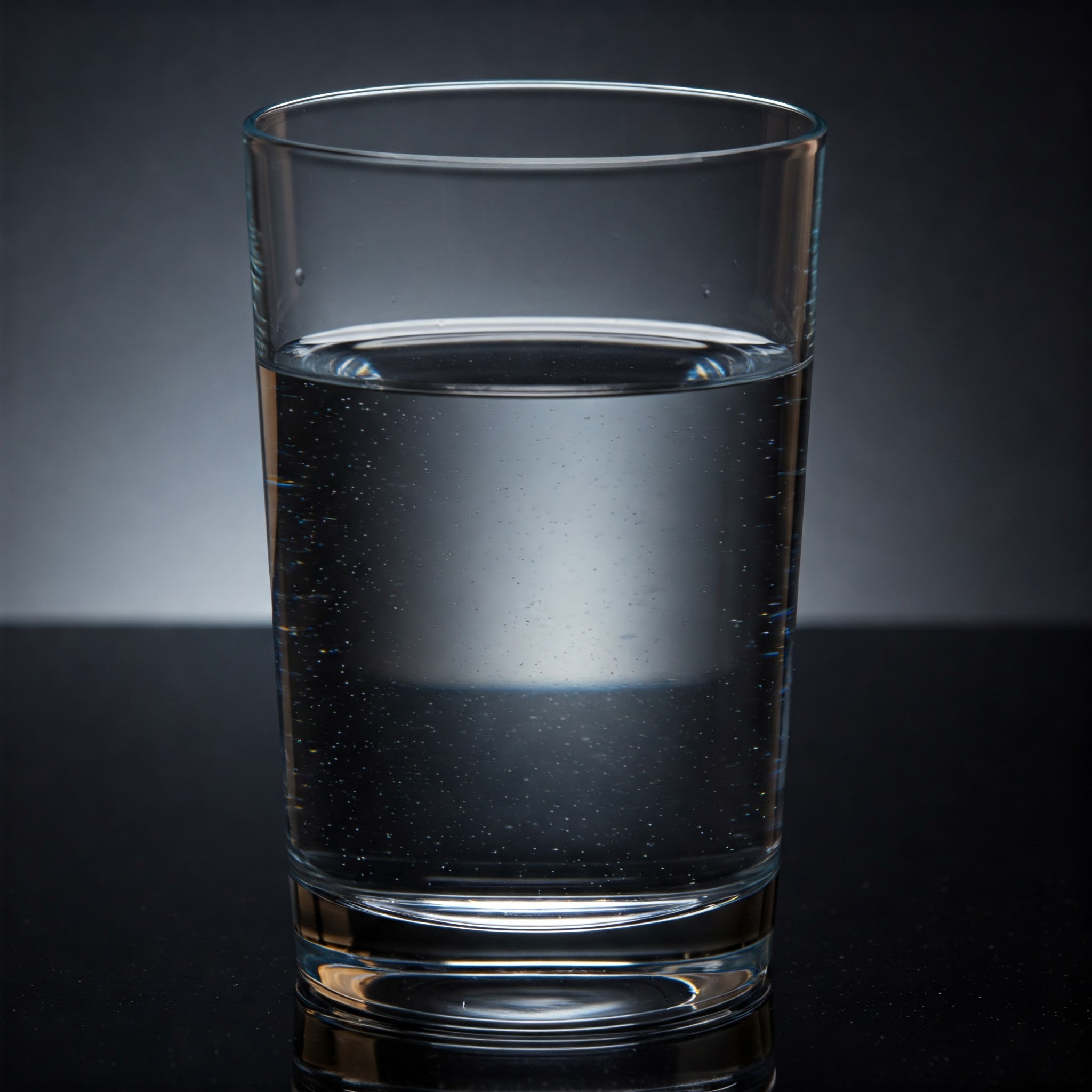Potable
 Potable water, often simply referred to as drinking water, is water that is safe and suitable for human consumption. It is water that has been treated and purified to remove contaminants, pollutants, and harmful microorganisms, making it safe to drink without causing health risks. Potable water meets specific quality standards and regulations established by governmental agencies to ensure it does not pose a health hazard when consumed.
Potable water, often simply referred to as drinking water, is water that is safe and suitable for human consumption. It is water that has been treated and purified to remove contaminants, pollutants, and harmful microorganisms, making it safe to drink without causing health risks. Potable water meets specific quality standards and regulations established by governmental agencies to ensure it does not pose a health hazard when consumed.
The Process of Making Water Potable Typically Involves Several Treatment Steps
Filtration - Water is passed through various types of filters to remove solid particles, sediment, and larger impurities.Disinfection - Chemical disinfectants like chlorine or chloramine are added to kill or deactivate harmful microorganisms such as bacteria, viruses, and parasites.
Coagulation and Flocculation - Chemicals are used to clump together fine particles so that they can be easily removed during the filtration process.
Sedimentation - Water is allowed to sit in large tanks, allowing particles and impurities to settle at the bottom, making it easier to remove them.
pH Adjustment - The pH level of the water is adjusted to ensure it falls within a safe and desirable range.
Activated Carbon Adsorption - Activated carbon is used to adsorb organic compounds, odors, and certain chemicals from the water.
Reverse Osmosis (RO) or Distillation - Advanced treatment methods like RO or distillation may be used to remove minerals, salts, and other contaminants, especially in areas with highly contaminated water sources.
After undergoing these treatment processes, the water is regularly tested to ensure it meets established safety standards. Potable water is used for drinking, cooking, and various household and industrial uses. Access to safe and clean drinking water is a requirement for public health and well being.

